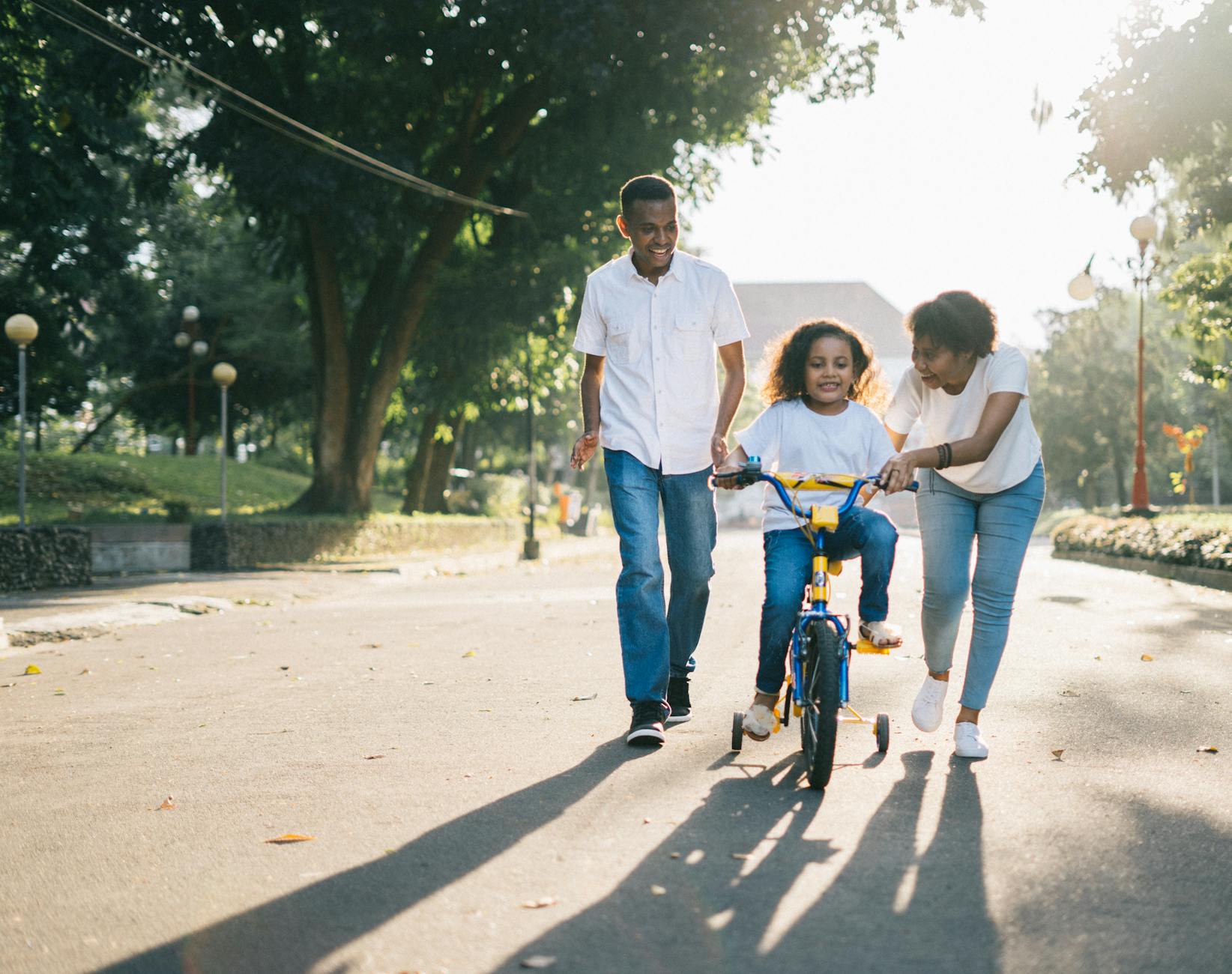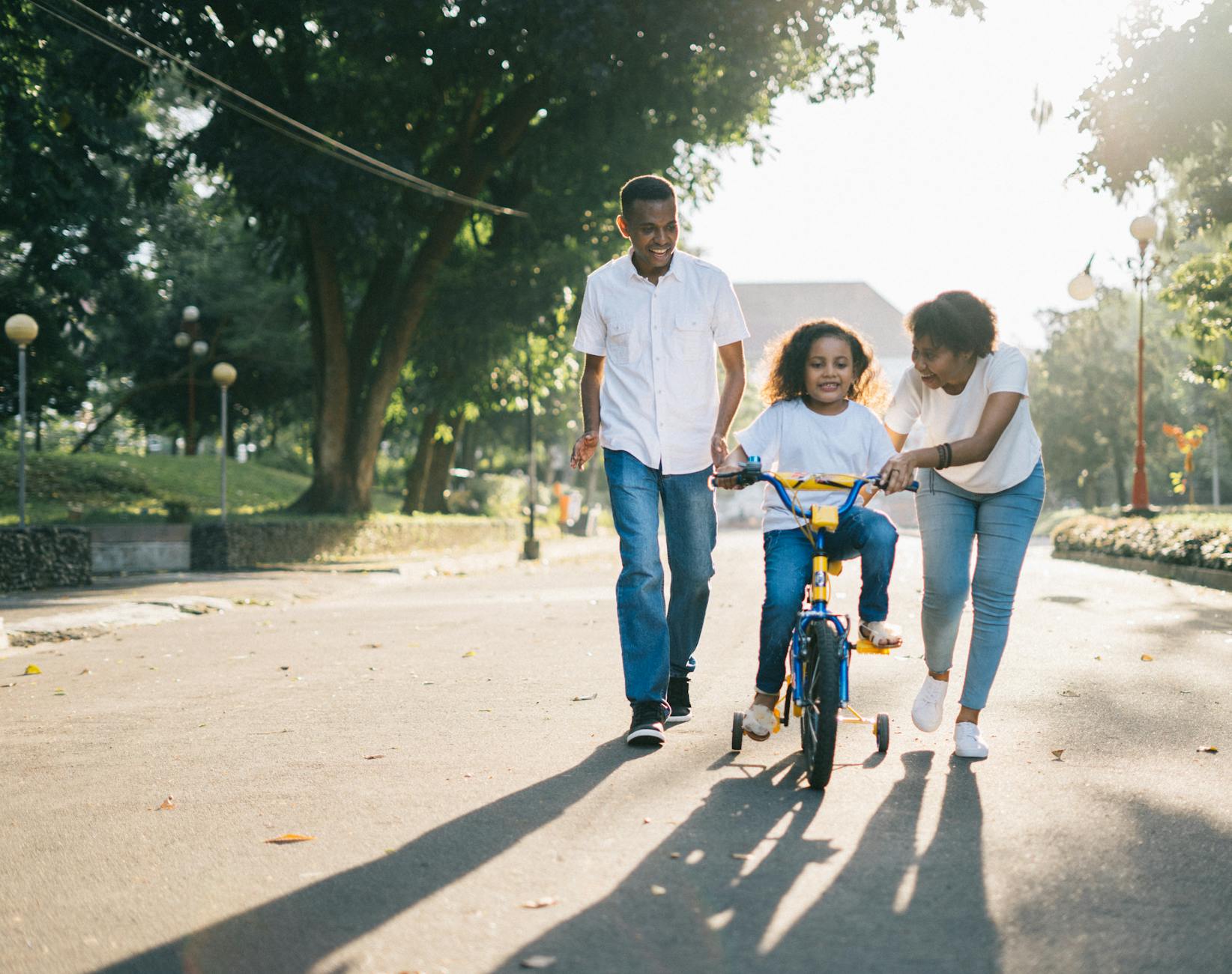Unlock the secrets to selecting the perfect bike for your child with our comprehensive parent’s guide to bike sizing!
Table of Contents
As a parent, one of the most exciting milestones for your child is learning how to ride a bike. Not only does it promote physical activity and a sense of independence, but it also provides endless opportunities for outdoor adventures. However, before your little one can start pedaling away, it’s crucial to ensure they have the right bike size to guarantee a safe and comfortable riding experience.
When it comes to selecting the perfect bike size for your child, there are a few key factors to consider. First and foremost, you’ll need to determine your child’s height and inseam measurement. This will help you choose a bike that allows them to touch the ground with both feet while sitting on the saddle, ensuring they have proper control and stability while riding.
One common mistake that parents often make when choosing a bike size for their child is opting for a bike that is too big with the expectation that their child will “grow into it.” However, riding a bike that is too large can be uncomfortable and potentially dangerous for young riders. It’s best to select a bike size that fits your child’s current measurements, with a bit of room for growth.
Why Bike Size Matters for Kids
Proper bike sizing is essential for children for a variety of reasons. Not only does it ensure their safety and comfort while cycling, but it also plays a crucial role in their overall enjoyment of the activity. Riding a bike that is too small can cause discomfort and muscle strain, while a bike that is too large can make it difficult for your child to control the bike, increasing the risk of accidents.
Measuring your child’s height and inseam is the first step in determining the right bike size. To measure their height accurately, have your child stand against a wall with their back straight and their feet flat on the floor. Use a tape measure to measure from the floor to the top of their head. For the inseam measurement, have your child stand with their feet shoulder-width apart and measure from the crotch to the floor.
When choosing a bike size for your child, it’s important to consider not only their current measurements but also their level of experience and confidence with cycling. Younger or less experienced riders may benefit from a bike with a lower standover height for easier mounting and dismounting, while older or more experienced riders may prefer a slightly larger bike for increased speed and agility.
Safety Tips for Cycling with Kids
Before hitting the road with your child, it’s essential to prioritize safety to ensure a fun and worry-free cycling experience. One of the most critical safety measures is ensuring that your child wears a properly fitted helmet at all times while cycling. Helmets are designed to protect against head injuries in the event of a fall or collision, making them an essential piece of safety gear for all riders.
In addition to wearing a helmet, it’s crucial to teach your child basic cycling skills and road safety rules. Start by practicing in a safe, controlled environment such as a park or empty parking lot, where your child can get comfortable with steering, braking, and balancing on their bike. Teach them the importance of looking both ways before crossing the street, using hand signals to indicate turns, and staying alert and aware of their surroundings while riding.
When planning your cycling route, opt for safe and bike-friendly paths that are free from heavy traffic and obstacles. Avoid busy roads or areas with limited visibility, and always supervise your child closely to ensure they stay on course and follow safety guidelines. Bright, reflective clothing can also help increase your child’s visibility to other cyclists and motorists, reducing the risk of accidents while cycling.
Best Balance Bikes for 2-Year-Olds
Balance bikes are an excellent option for young children who are just starting to explore the world of cycling. These pedal-less bikes help children develop balance, coordination, and confidence in a fun and safe way, making them an ideal choice for toddlers as young as 2 years old. When choosing a balance bike for your child, there are a few key features to look for to ensure a smooth and enjoyable riding experience.
First and foremost, opt for a balance bike with an adjustable seat and handlebars to accommodate your child’s growing height and reach. Lightweight frames and durable, puncture-proof tires are also essential for easy handling and maintenance. Look for balance bikes with comfortable grips and padded saddles to ensure a comfortable ride for your little one.
Some of the top-rated balance bikes for 2-year-olds include the Strider 12 Sport Balance Bike, the Chicco Red Bullet Balance Bike, and the Yvolution Y Velo Junior Balance Bike. These bikes offer a combination of quality construction, ergonomic design, and age-appropriate features to help your child build confidence and skills while learning to ride.
Transitioning to Pedal Bikes
As your child grows and gains more experience with cycling, they may be ready to transition from a balance bike to a pedal bike. Signs that your child is ready for this next step may include a strong sense of balance, coordination, and confidence while riding, as well as a desire to learn new skills and tackle more challenging terrain.
When choosing a pedal bike for your child, it’s essential to select the right size based on their height and inseam measurements. Opt for a bike with a low standover height and adjustable seat and handlebars for a custom fit. Consider features such as training wheels or a rear coaster brake to help your child learn to pedal and brake safely while building their confidence on a pedal bike.
Transitioning to a pedal bike is an exciting milestone for young riders, but it’s essential to take it slow and gradually introduce new skills and challenges. Practice cycling in a safe, controlled environment with your child, focusing on mastering basic skills such as starting, stopping, turning, and maneuvering around obstacles. Encourage your child to practice regularly and provide positive reinforcement to boost their confidence and enjoyment of cycling.
Remember, safety should always be a top priority when cycling with kids. Ensure that your child wears a helmet, follows road safety rules, and practices in safe, supervised environments to reduce the risk of accidents and injuries. By choosing the right bike size, teaching essential cycling skills, and prioritizing safety, you can help your child enjoy the joys of cycling while building lifelong memories and healthy habits.
So, gear up, hop on your bikes, and embark on exciting cycling adventures with your little ones. With the right bike size, safety precautions, and a sense of adventure, you can create unforgettable moments and instill a love of cycling in your child that will last a lifetime.

